

Projects
Researching, recording, interpreting and celebrating our town and local area
Members are encouraged to take part in projects supported by the Society, and past and present examples are listed here. Some are complete, but most come round for renewal from time to time; interpreting local history for the wider community is a continuous process.
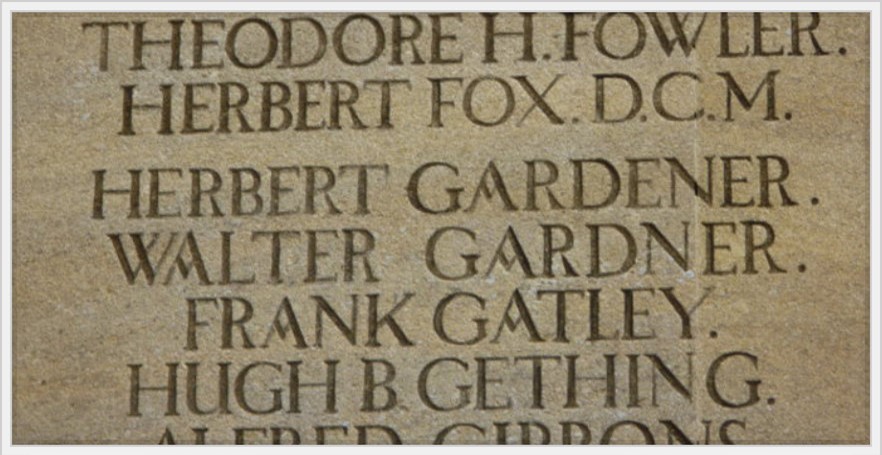
Cirencester War Memorials
With an eye on the Centenary of World War I, the Society marked this significant event by bringing together various strands of research on the town’s war memorials. We hold considerable research undertaken by CAHS members Deirdre & Jim Waddell, Dale Hjort, with specialist input from Peter Grace of Cirencester’s Living Memory Historical Association. Our Memorials web pages can be found here. If you know more about the people recorded there, or have family stories to share, please contact us.
The material was used to illustrate the local effects of the war in an exhibition we staged in August/ September 2014 in The Corinium Museum, which received funding from the Heritage Lottery Fund, together with other local organisations.
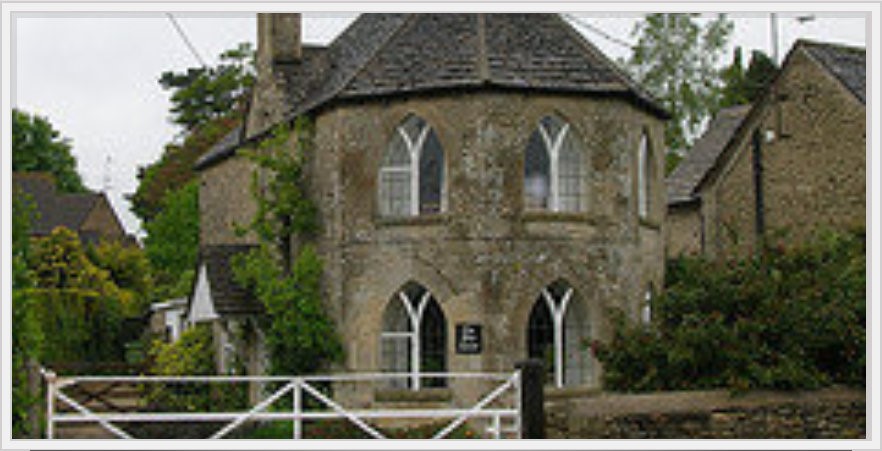
Turnpikes around Cirencester
An ongoing project for many years was a detailed study of the various roads into and out of Cirencester, which is a good example of a market town acting as a hub of routes in the turnpike system of the 18th and 19th centuries. There were annual reports of progress in our Newsletters that are available though our Publications page here. Today some of this activity is undertaken by the national Milestone Society formed in 2000.
In his Presidential Address to the Bristol and Gloucestershire Archaeological Society in 2020 ‘Spokes in a Wheel: The Cirencester Network of Turnpike Roads (1727-1879)’ David Viner noted and appreciated the work of this Society. The full
paper can be found in the printed Transactions of the Bristol and Gloucestershire Archaeological Society, Volume 138 p13. (Delayed publication on line)
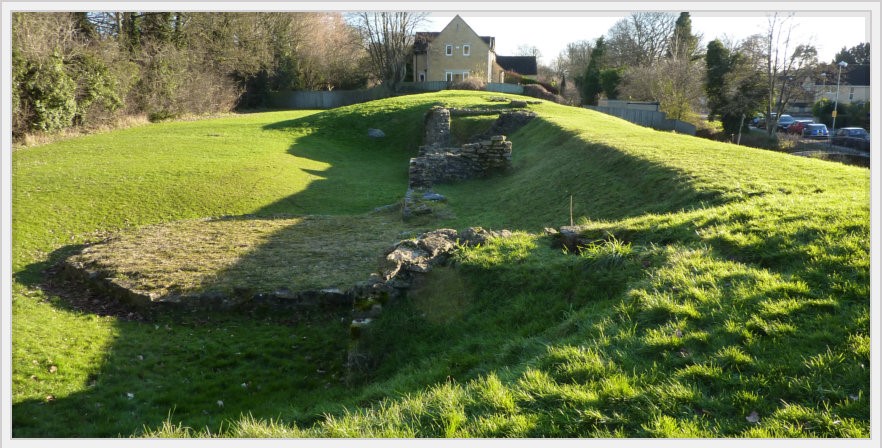
Abbey Grounds
The Society’s Millennium Project provided information on the history of the great Augustinian Abbey of St. Mary, which dominated the landscape and lives of the people of Cirencester for over 400 years. Today its site forms the Abbey Grounds public park, where the building outline was marked with slabs and a plaque was installed. This was completed with help from the Town Council which owns the grounds, and was opened by the Mayor one rainy evening during 2000.
The Society provides financial support and information for explanation boards whenever needed. They tend to have a short life due to weather and other damage. In 2017 Cirencester celebrated Abbey900. See the Abbey900 page here.
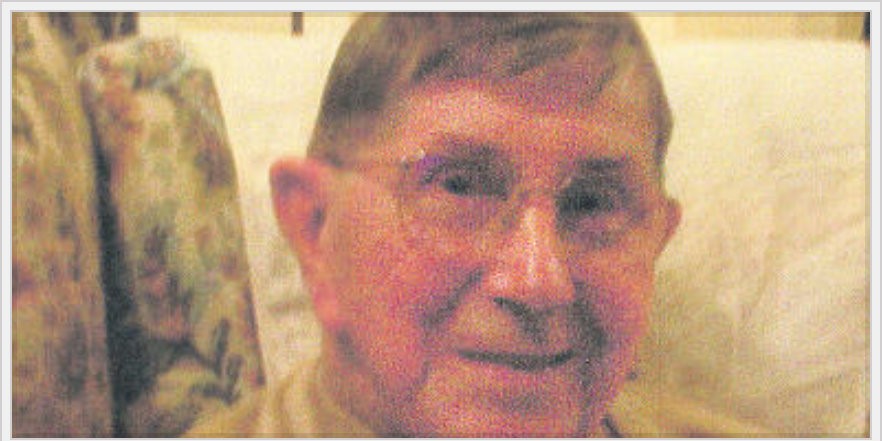
Walter Mattock
Professionally recorded by our member Helen Sweet in January 2004, these tapes and a transcript record a now deceased Cirencester cabinet maker, with local family connections. This was our first oral history exercise and we were exploring how best to make this rare archive more widely available. We have [2014] transcribed the original tape into digital form, only a small part is damaged. We are always interested in transcripts of personal local memoirs.

The Kibble Photographic Collection
Some 150 colour slides of Cirencester celebrations in 1975 taken by the late Bob Kibble have been loaned to us. We have now made a digital record. Linda Viner has catalogued them. A photogallery of a selection is available. We will need your help in identifying who, what, where and why. They appear to show a carnival, a flower show in Cirencester Parish Church and several aerial photos taken at the time of building the inner bypass.

The Linda Walls Regal Photographic Collection
In the final days before the last cinema in town closed, CAHS committee member Linda Walls, with full permission, took a large numbers of photographs of the exterior and interior of the Regal, which stood in Lewis Lane. The Society holds a disk of these photographs. Linda sadly died in 2006, not long after this exercise. History was one of her several enthusiasms. The photo record is our memorial to her. Some of the pictures are in this photogallery. Today the site is occupied by the Bingham Close housing development.
Building studies
There is a growing interest in Cirencester’s historical buildings and those who lived in them, but so far a relatively small number of studies have appeared in the Society’s publications. Those that have are being added to the website for easy reference.
The Old House in Gloucester Street and Dyer Street share a common theme of relating historic town houses to their occupants, the author in each case being resident at the time of contributing each piece. They serve as a reminder that research into the history of individual buildings offers a fascinating task to which all can contribute.
For the most recent essay on the general study of Cirencester’s historic buildings, see David Viner, ‘A Rich Resource: Studying Cirencester’s Historic Buildings’ in Excavations and Observations in Roman Cirencester 1998-2007 (Cirencester Excavations, Vol. VI), December 2008, pp. 15-27.
Disclaimer: reference to these two historic buildings in Gloucester Street and Dyer Street, each of which remains privately-owned property, does not imply any rights of access to either, for which the Society takes no responsibility.

Indexing the Wilts & Glos Standard
Long before the development of computers and back in the world of index cards, members laboriously catalogued back copies of the Wilts and Gloucestershire Standard kept in the Bingham Library (the librarian of the time was Librarian to the Society). The Standard dates back to 1837 and is central to any research on town history and community life. This project ran from 1968-75 and over 2,000 index cards were compiled by Linda Viner and covers the years 1855-1940.
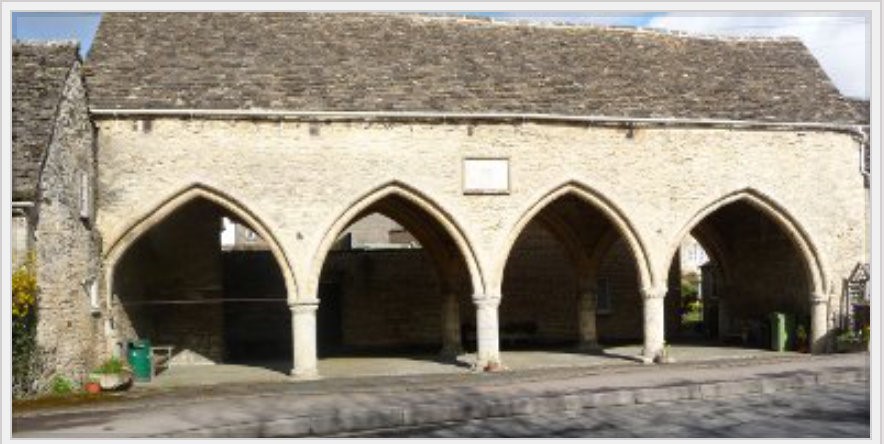
Endangered buildings
Throughout its existence the Society has been concerned for the preservation of Cirencester’s fine stock of historically-significant buildings, supporting numerous campaigns over the years. CAHS supported the Trustees of St John’s Hospital in their fund-raising and conservation programme to preserve this fine 12th Century structure in Spitalgate.

Street Naming
Street names, if carefully selected with an historical eye, can raise all sorts of interest in what went before, for new as well as existing residents. We have been recording the town’s fine set of old-style blue street signs and for some years have been suggesting suitable street names for developers of new schemes, inevitably with mixed success. A walk into this Kingshill North development as well as the Kingshill South development accessed off the Tesco roundabout will reveal an interesting range of names taken from a specific historical source.
Old field names such as Forstall have been used but most are taken from an 1897 group of the Cirencester Tradesmen’s Society, whose names once graced their town centre shops and businesses. You can see a group photograph on the wall in Walter Bull & Son in Dyer Street. Taken together, they represent the dominant part of the town’s commercial history from the later Victorian and early 20th century. Trotman, Winstone, Moss, Savory and others are all remembered here. The Society will continue to campaign in this way
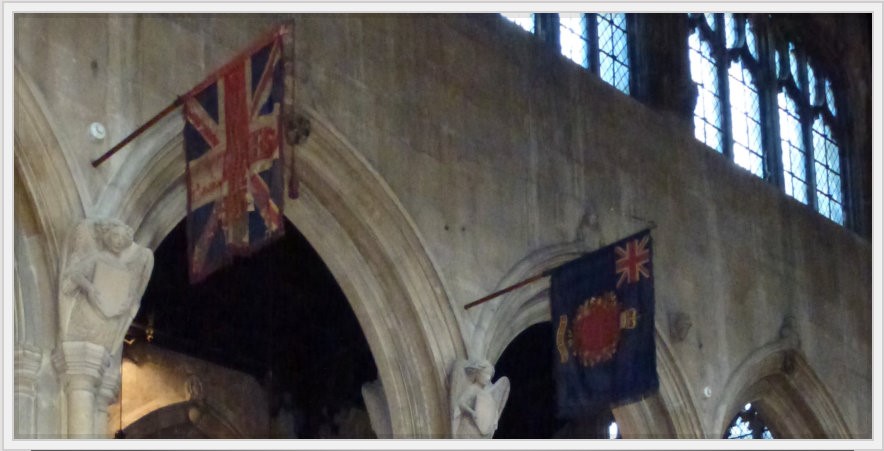
Military Colours in Cirencester Parish Church
The Colours of the local 4th Battalion, Gloucestershire Regiment and the Royal North Gloucestershire Militia were given into the care of the church in 1908 on the disbandment of these regiments and hung there for ninety years, being removed from display some years before the recently-completed comprehensive refurbishment of the church. For over a decade, led initially by our member Fred Petrie (who wrote about them), CAHS campaigned for their re-hanging and prepared a detailed report on their historical and social significance. This report has since been published in the final issue of Glos Rural Community Council’s journal Gloucestershire History (no. 25 for 2011, pp.18-28). Two of the colours are now rehung, the oldest is now nearly dust. They were rededicated on Remembrance Day November 11, 2012. Military tradition states that laid up colours should not be restored but allowed to decay gracefully with old age.